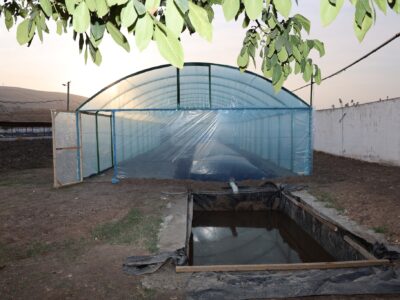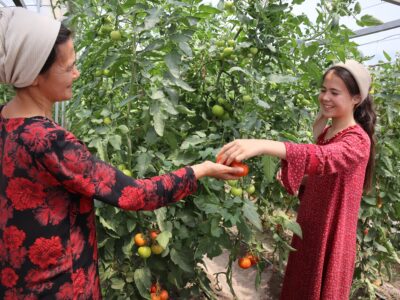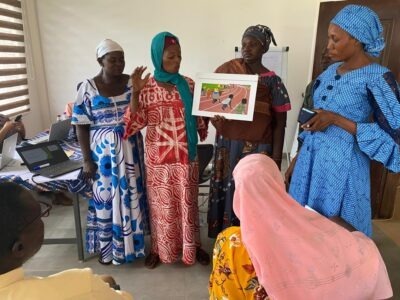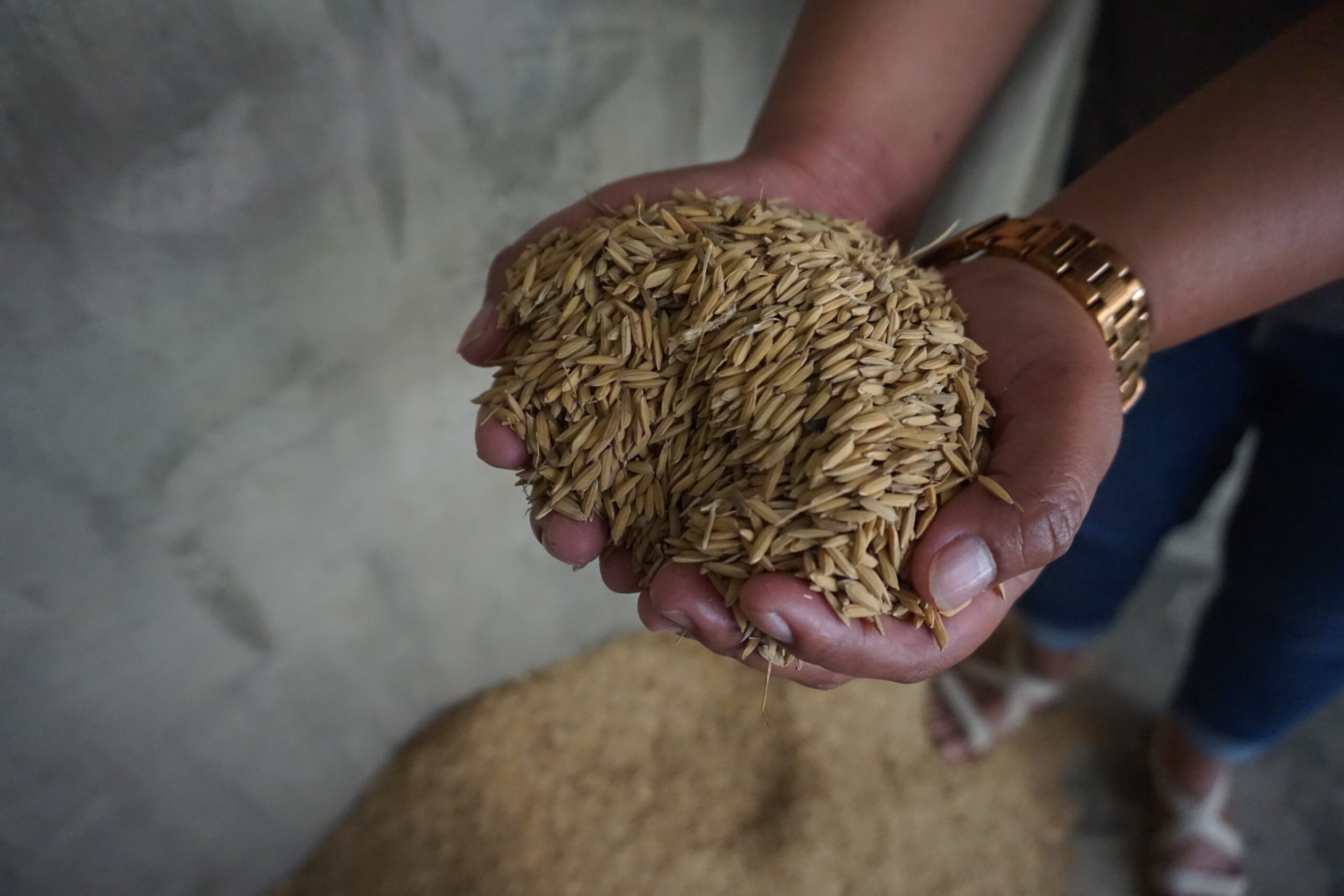
In Barangay Kidawa, located in the heartland of Laak, a municipality on the island of Mindanao in Southern Philippines, a partnership blossomed between an agricultural cooperative, a national electric foundation, and an internationally funded development project that helped sustain the livelihoods of at least 500 rice farmers.
The barangay, or village, is an hour’s drive from Laak town center and is considered one of the most important sources of rice on the island. With approximately 2,500 hectares of arable land devoted to rice production, it has earned its reputation as Laak’s rice granary.
In the Philippines, rice is the most important staple food, supplying half of the required daily calories for the population. Despite its significance, the country’s rice production falls short of meeting the local demand, placing the Philippines as among the world’s top five rice-importing nations.
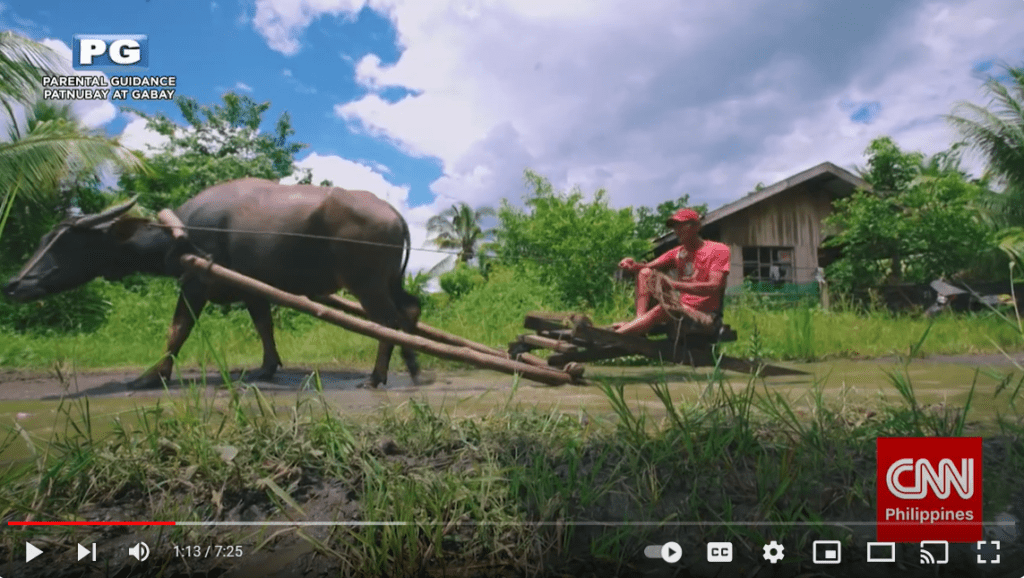
Filipino rice farmers, including those in Kidawa, have been working tirelessly to address this gap. However, a lack of adequate facilities, low yields, and natural disasters have made rice farming a challenging means of livelihood.
In 2010, Edesa Morante, general manager of the Laak Multipurpose Cooperative (LAMPCO), a multi-purpose, agricultural cooperative with 4,200 members, reported seeing business opportunities in rice production, particularly rice milling, in Barangay Kidawa. The cooperative built a milling facility and catered to the needs of the barangay’s rice farmers and neighboring communities.
The rice milling operation went well for almost two years until Typhoon Pablo, known internationally as Typhoon Bopha hit in 2012. One of the strongest tropical cyclones to hit the Philippines, Pablo severely affected the barangay, causing massive landslides and damaging electricity lines. The typhoon’s aftermath changed Kidawa’s landscape, and many of its residents relocated to areas closer to the town center where rebuilding efforts, such as restoring electricity, had intensified.
LAMPCO’s rice mill was left without a source of electrical power because the local electric cooperative focused on restoring power among newly built houses and residential sites. LAMPCO searched for a sufficient, reliable, and risk-free power source.
Morante explained that to continue operating, they had to tap electricity from homeowners. This incurred the cooperative an additional cost of about PHP 20,000 per milling cycle of 1,000 sacks of rice. The source of electricity was so irregular that it only allowed milling of 30 to 50 sacks per day.
In addition, farmers had to pay more to have their rice milled by the cooperative’s facility. Regular milling costs PHP 2.00 per kilogram while milling with the use of a separator machine costs PHP 5.00 per kilogram. Milled rice that does not go through a separator machine is considered crude and cannot be sold commercially. Some farmers opted to have their rice milled this way to save PHP 3.00 per kilogram or PHP 150 per sack of rice.
This intermittent type of operation lasted for almost a decade, until September 2022 when LAMPCO partnered with the Cooperative Development Program (CDP) in the Philippines. CDP is a global initiative aimed at strengthening the capacity of cooperative businesses, credit unions, and cooperative ecosystems. The program in the Philippines is implemented by ACDI/VOCA and funded by the United States Agency for International Development (USAID). The CDP-Philippines team extended organizational management and planning interventions to LAMPCO and helped the cooperative identify ways to enhance its agricultural enterprises.
“In our interventions, we foster collaboration among cooperatives and potential partners to facilitate better governance, member equity and capitalization, financial management, market performance, legal and regulatory reform, gender inclusion, and youth engagement.”
Melissa Alado, CDP-Philippines Country Director
In the same month, the CDP-Philippines team met with representatives from the One Meralco Foundation (OMF) and presented LAMPCO’s Kidawa rice milling facility as a potential candidate for its expanded community electrification program. This program grew to include agricultural and livelihood facilities and equipment in rural communities, in addition to public schools, rural health centers, and water access projects.
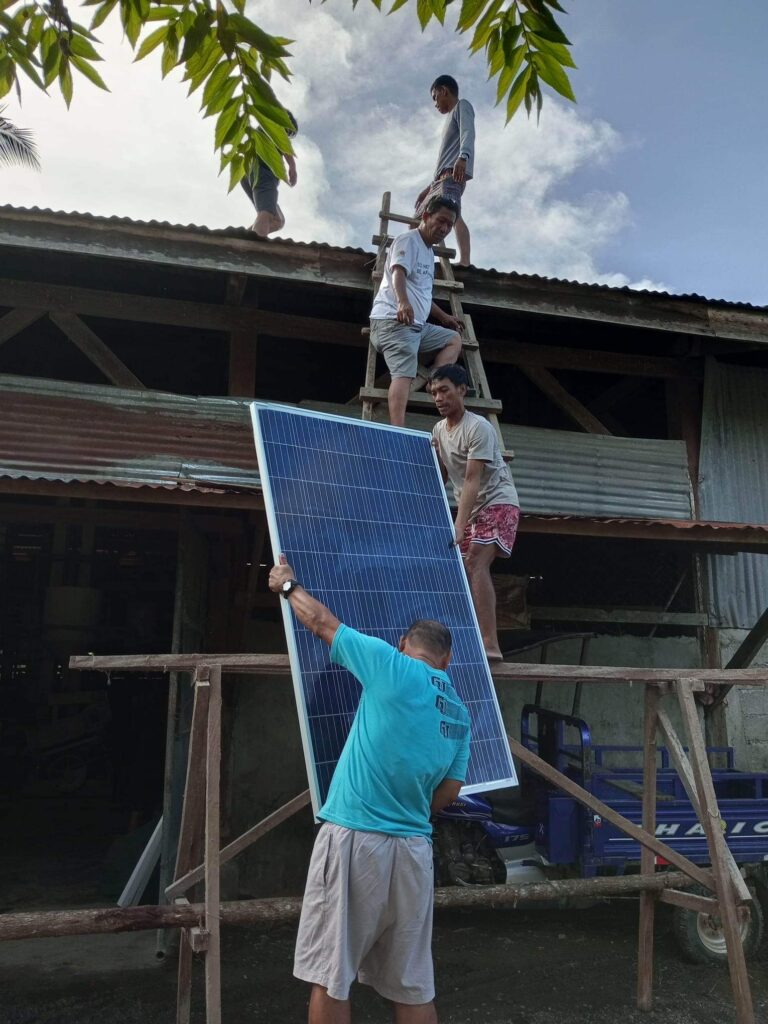
The OMF is the corporate social responsibility arm of Meralco, the largest private-sector electric distribution utility company in the Philippines. The foundation focuses on access to electricity among unenergized families, remote and off-grid public schools, livelihood centers, and health centers. It also helps restore power in communities affected by calamities to assist in their recovery and pave the way for productivity.
In a promising development, the OMF assessed LAMPCO’s rice mill and committed to launching a pilot project to install a 5.1-kilowatt solar photovoltaic system. This strategic move aimed to ensure the rice mill’s uninterrupted operations, enhancing the level of service provided to its customers.
“The assistance from OMF came at a right timing, and we are more than grateful for their electrification program, which answered our prayers,” Morante said.
She added that the impact of the solar-powered system magnified how electricity, in its basic form, can change the lives and livelihood of the people. “The cooperative can now efficiently serve the needs of the rice farmers in the community,” Morante said.
With a new solar-powered facility in place, the LAMPCO rice mill can now process 100 sacks per day, more than double its capacity when the facility used an intermittent power supply. The cooperative also saves PHP 20,000 from electricity consumption per milling cycle and can offer rice farmers a lower rate of PHP 3.00 per kilogram for milling services, including the use of the separator machine.
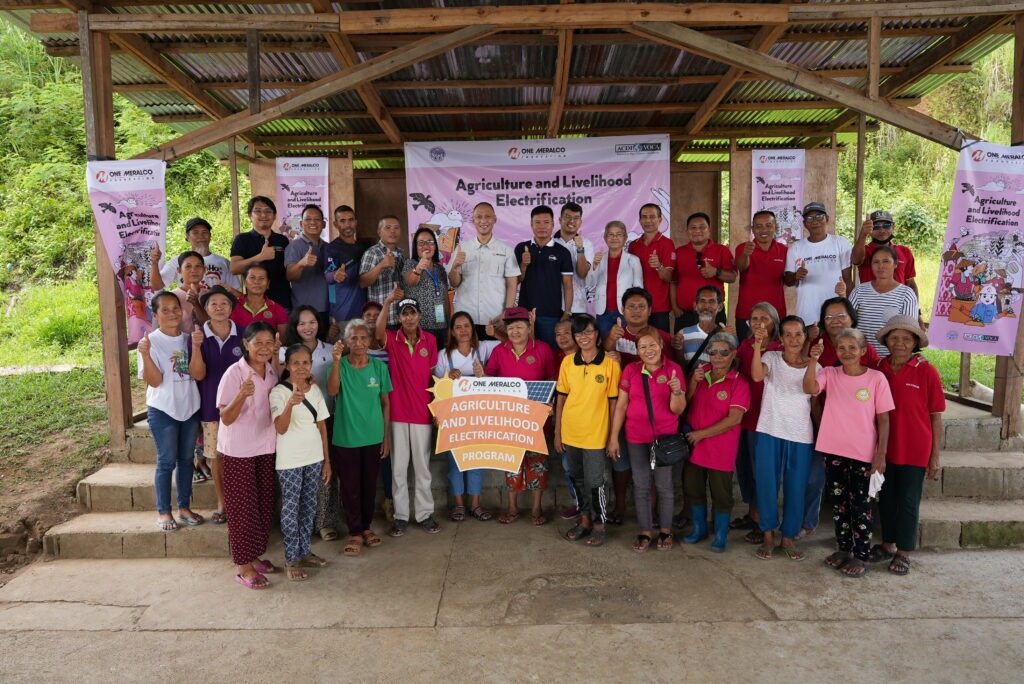
As a result, the cooperative has achieved a higher margin for profit for their wholesale distribution of rice to retailers, while rice farmers can now produce rice with better quality for commercial sale. The LAMPCO rice mill has also become the preferred milling facility of rice farmers in the area because of its competitive rate.
Alado, of the CDP-Philippines team, said that their partnership with LAMPCO and OMF aims to build the resilience of the cooperative while providing them with better market opportunities and the capacity to better serve smallholder rice farmers and other potential clientele.
The CDP-Philippines team assists cooperatives like LAMPCO through a market systems approach to development. The approach aims to help vulnerable populations engage in their local markets and food systems as buyers, sellers, employees, and consumers, who come together to trade goods and services. The method is seen to effectively facilitate cooperation and healthy competition among individuals, communities, companies, and governments to build productive, equitable, and healthy local economies and food systems.
“We look forward to seeing similar collaborations in the future that facilitate for inclusive agribusiness and sustain the livelihood of cooperative members and their communities,” Alado said.
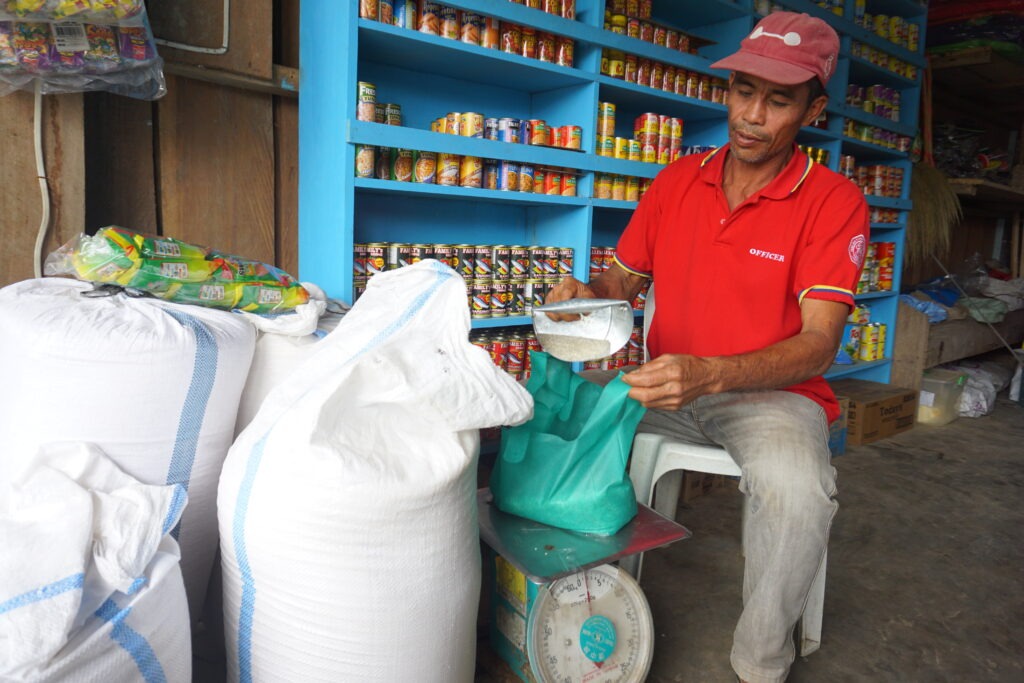
Meanwhile, the OMF’s new agriculture and livelihood electrification program aims to address the need for power in rural areas and deliver social services to improve the overall quality of life. The expanded program added to its portfolio “drivers of rural development,” such as rural health centers, the agricultural and livelihood programs of rural cooperatives, and water access programs in marginalized and underrepresented communities in the Philippines.
“Lack of electricity continues to be a challenge for many communities, especially in rural Philippines,” said OMF President Jeffrey Tarayao. “The agriculture and livelihood electrification is an expansion of our community electrification program that fosters inclusivity and equitable access to basic services powered by sustainable and renewable energy solution. We have witnessed that power is a great equalizer to enable last-mile Filipinos to become productive actors of their community and the country.”
Learn more about the Cooperative Development Program in the Philippines (and Guinea).

